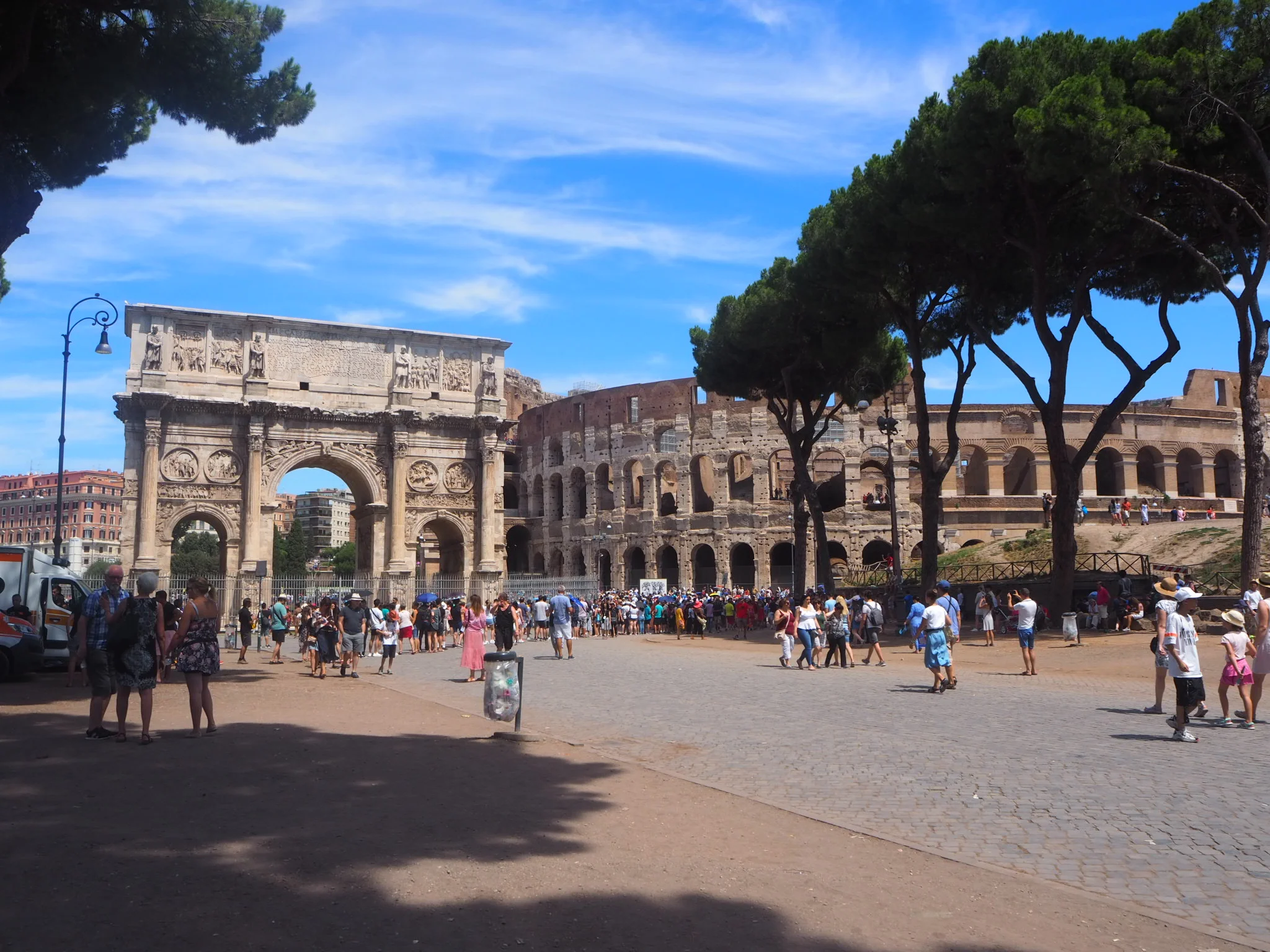Herculaneum: The Lesser Known Cousin of Pompeii
When I came across the name Herculaneum while browsing the local tour office’s monthly tours, my first thought was “what the heck is a Herculaneum?” I had never heard of it before that moment but I was immediately intrigued. Upon further analysis (and some help from the guide) I was told that its actually an ancient city that had been destroyed by the same 79 AD Mt. Vesuvius eruption that had destroyed the famous city of Pompeii.
Some History of Herculaneum
What was Herculaneum all about you ask? Well, in its glory years, it was a kind of resort style town, a getaway of the Roman state where wealthy Romans went to relax and get away from the hustle and bustle of Rome. With all the lavish Roman amenities and being a sea-front town at the time, it became a hot spot for tourists (it sure became a hot spot alright). It had been struck by an earthquake in 62 AD where is sustained major damage to building throughout the town, but the worst was yet to come.
Mt.Vesuvius erupted in 79 AD and although Herculaneum and Pompeii were victims of this same eruption, they were destroyed in very different ways. Unlike its cousin city of Pompeii, Herculaneum actually wasn’t immediately affected by the eruption. It wasn’t until several major surges of pyroclastic flow and hot gas came hurdling towards the town and struck the remaining inhabitants within a matter of minutes. This volcanic activity vaporized anything and anyone remaining in the town and eventually buried the remains in 50-60 feet of ash and volcanic mud that would turn to hard tufa stone, thus preserving the town until its discovery in the 18th century.
The ancient town of Herculaneum was so little known that there was a new settlement built directly above the site which made excavating extremely difficult at first. in fact, it had been discovered completely by accident when the new town was digging a well and hit a wall to what would later be revealed as the ancient amphitheater. The early excavation was more of a hunt for valuable treasure than a true archeology project. However, when later reestablishing the excavation in the early 20th century, it was for the purpose of preservation and history. To this day, still only a portion of the town is full shown due to the new-age city built directly above, but it is definitely a site to see.
My Experience in the Ancient Hot Spot
Back to me looking at the local tour office’s monthly paper, wondering where to spend my time exploring and more importantly, which tours aren’t on days I work. I see Herculaneum and am intrigued by the unknown. I’ve never heard of this place so of course I want to learn everything about it so, I signed up on the spot.
A week or two later when the day finally comes, I am buzzing with excitement. I get on the bus with my 50 other best friends (aka people I’ve never seen in my life) and we drive the winding, bumpy, jam-packed roads of Naples to get to the ancient city. We go through the entrance and see the first sights of the city from above.
The tour guide explains different things about the roads and the buildings and the then shore-line… then we make the descent. We go down a tunnel that turns to the tufa stone, remnant of the eruption, and end up at the dock where the boats of that time were waiting patiently for their owners in the city. When the post-erruption surges happened, many tried to flee the city by boat but ended up getting trapped in these vestibules to be discovered hundreds of years later in the same fetal positions they assumed when the toxic gases struck the town, completely carbonizing anything -and anyone- in its path.
We then climbed the steps from the docks to the actual city level and explored all the different types of buildings. Its like we walked through a time machine and were experiencing the hustle and bustle of the old-age “hip” Herculaneum if you will. We saw everything from nobel homes, bakeries, storefronts, a spa, even a few wine bars (they’ve been serious about the stuff from the get-go). We then ended the tour by crossing over a bridge at city level back to the building we checked in at.
My Final Thoughts
Overall I would definitely recommend this site to anyone who enjoys learning about and experiencing history. It is fairly small, especially compared to Pompeii, due to the modern city being built directly over top of the ancient grounds so it makes for a quick half-day history trip. Walking through ancient ruins just brings a new sense of modernism and technology to how we live now that we don’t even think about and frankly take for granted.
Thank you for reading and happy traveling.
Date Visited: July 6, 2019


















